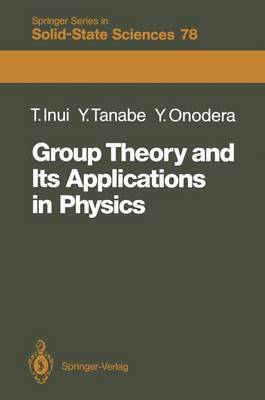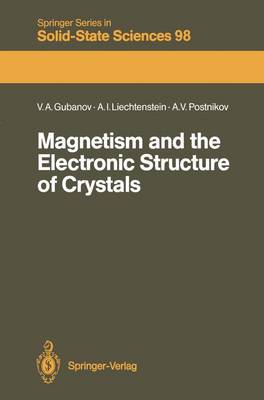Springer Series in Solid-State Sciences
3 primary works
Book 78
This textbook presents an introduction to group theory and its applications in atomic, molecular and solid-state physics. The reader is provided with the necessary background on the mathematical theory of groups and shown how group theory is a powerful tool for solving physics problems. Worked examples and exercises with hints and answers encourage self-study, while advanced subjects have also been included, such as the theory of induced representations and ray representations, Racah theory of atomic spectra, and Landau theory of second-order phase transitions.
Book 94
Electronic Conduction in Oxides
by Nobuo Tsuda, etc., K. Nasu, A. Yanase, and K. Siratori
Published March 1991
This work is written for researchers and engineers engaged in research on oxide conductors, including high-Tc superconductors. It presents an overview of the relevant electronic transport phenomena and related physical concepts, and also aims to serve as a reference book for specialists in this field. The original Japanese edition, which was at the level of a graduate text, has been revised to incorporate the recent research results. This textbook is intended for the use of researchers and students interested in inorganic materials especially the oxide superconductors.
Book 98
Magnetism and the Electronic Structure of Crystals
by V. A. Gubanov, etc., A.I. Liechtenstein, and A.V. Postnikov
Published 5 October 1992
This treatise describes current ab initio band and cluster approaches in the study of the magnetic properties of crystals. In contrast to phenomenological models, such methods enable particular features of electronic structure and chemical bonding to be taken into account. In addition to considering magnetic interactions in transition metals, alloys and compounds on the basis of electronic structure calculations, this book analyzes the relationship between magnetic characteristics and chemical bonding for crystals with itinerant and localized magnetic electrons. Recent progress in the magnetic theory of solids is reviewed and illustrated for systems with various types of magnetic ordering. The large number of diagrams and tables provide the reader with a comprehensive picture of the possibilities of contemporary computational methods in the theory of magnetism.


